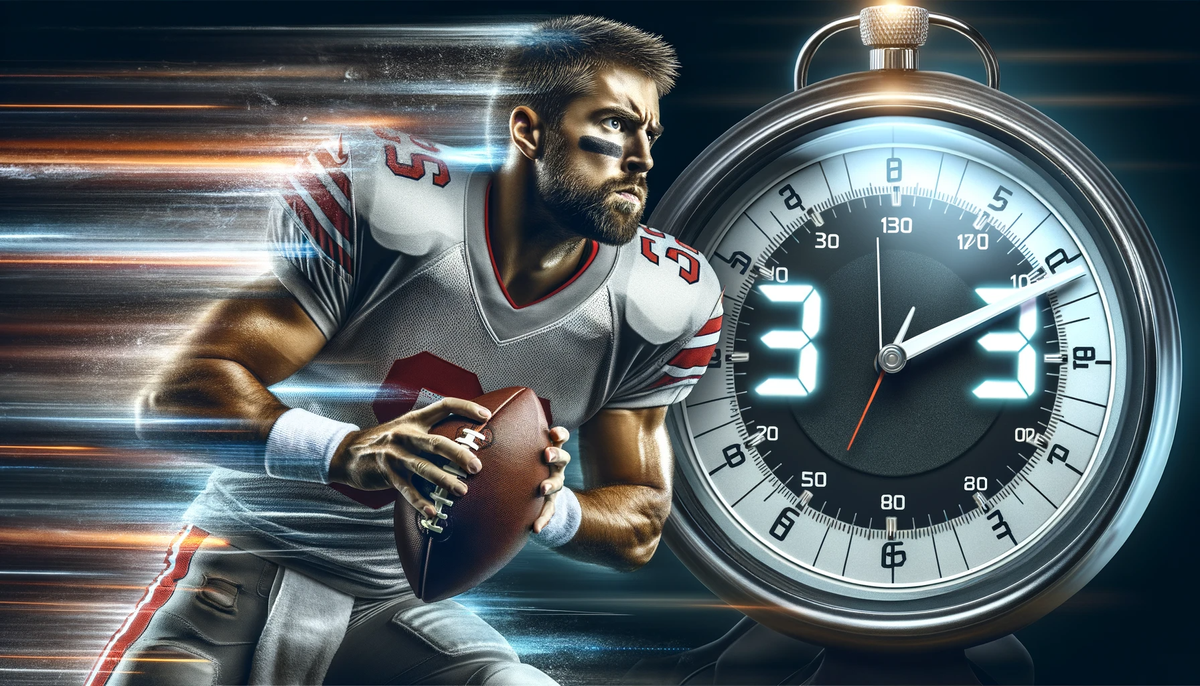Post Snap: Three Seconds in an NFL Quarterback's Shoes

The ball is snapped with three seconds left on the play clock. 22 moving parts impart force into the turf to generate movement. Wide outs and defensive backs running at 19+ miles per hour. 300 lb lineman fight 250 lb defensive ends in hand to hand combat. Linebackers blitzing at full speed, running backs stepping up to block them as the collision of pads, of strained grunts, of turf being peeled off the ground is all drowned out by the crowd noise. All the while, the quarterback casually takes his drop and has three seconds to parse through all of this information before being annihilated. So what happens in those three seconds? This short blog explains a play from the quarterbacks perspective, post-snap, and all that is processed in that three second window.
F1
You are not solving a calculus problem in Math 305 when the ball is snapped. This is more like an F1 driver hitting a hard turn at Monaco. Lots of variables, no time for active thinking. It’s all reactionary. Yes, some active thinking was done pre-snap like communicating the play, understanding the down and distance, pre-snap coverage assessment, etc. (Another blog will cover pre-snap), but now the play is alive and there is no time to think. So what specific reactions are occurring?
Post Snap
Number one, your gaze widens to assess the coverage and blitz. You had an idea pre-snap, but now you confirm. The safeties are the cleanest indicator, watching them rotate to cover 3, cover 4, cover 2 etc. Simultaneously, you have a progression to go through, and often times its based on the coverage. So, ball snapped, you feel cover 2, so instead of starting with the go ball to your left you work the stick concept to your right. Next, you assess the window of opportunity to complete a ball to your right. Your wide gaze narrows from one option to the next until you feel the window for a throw. As you do this, you feel the push of the pocket, slide left or right while never looking at the rush, reflexively assess, progress, move, and then fire the football into a tight window. All of this is reactionary and the more reps you have assessing coverage, running similar concepts against similar coverages, reading how your wideouts move, and feeling how a pocket develops amalgamates together in that three second window. You completed the ball for four yards. 60 more plays to go.
** This post was written in the summer of 2023. My focus is currently on the 2023 season.
If you're interested in QB specific throwing, lifting and sprint training, customized to you, with the same systems used to train NFL Quarterbacks, take the assessment and get the app at kinetex.co. If you're interested in reading about all things quarterbacking and throwing biomechanics, subscribe to the blog.
